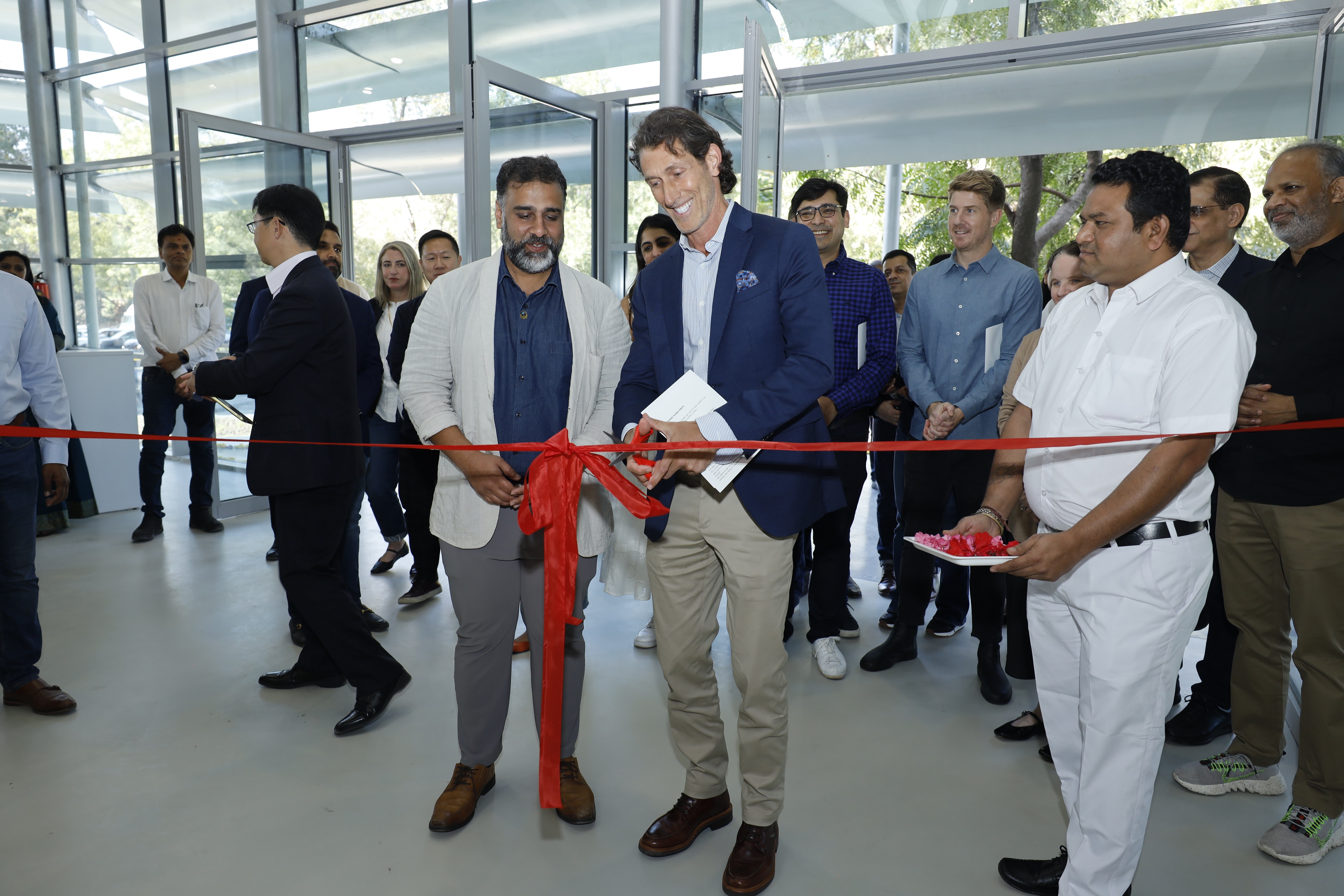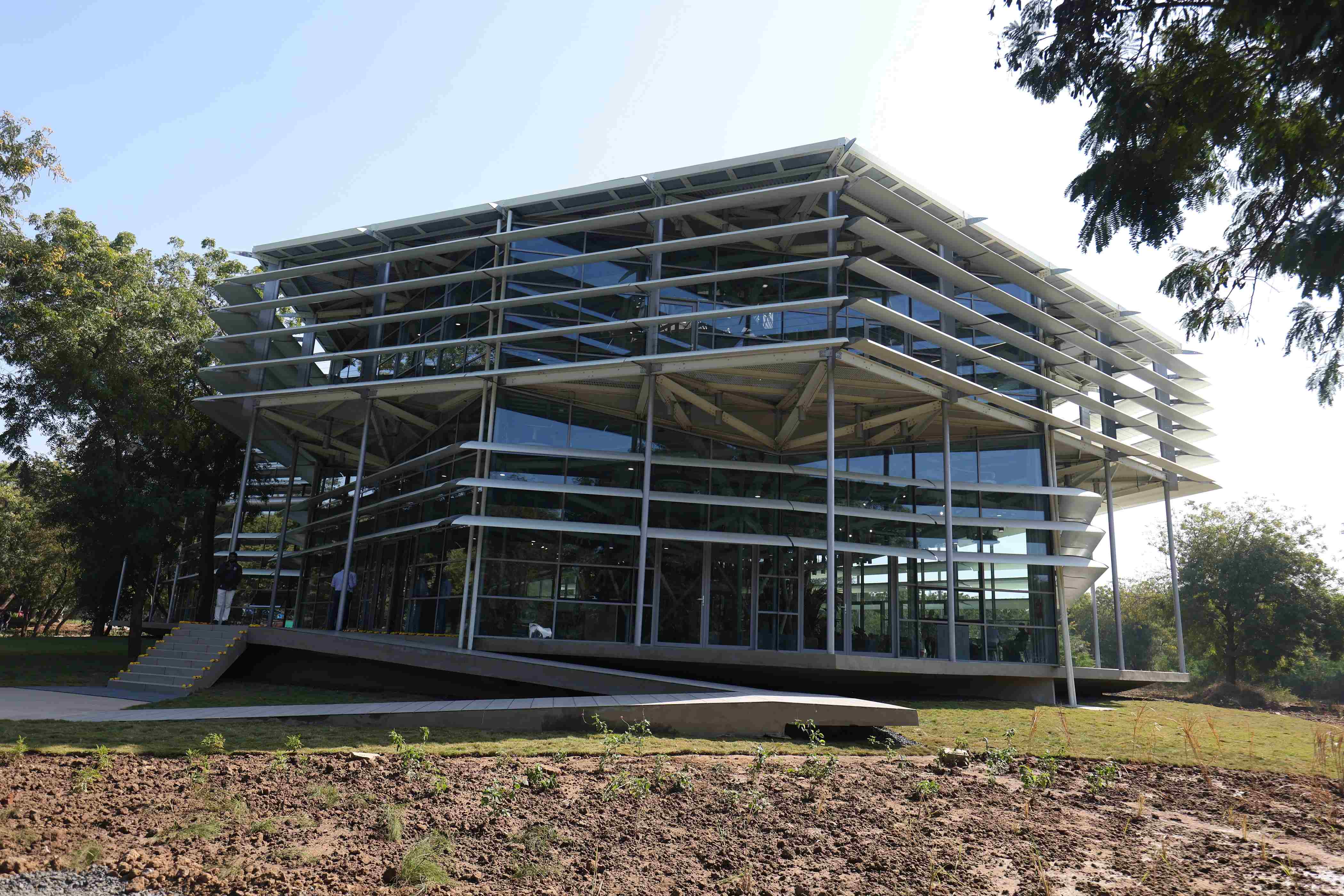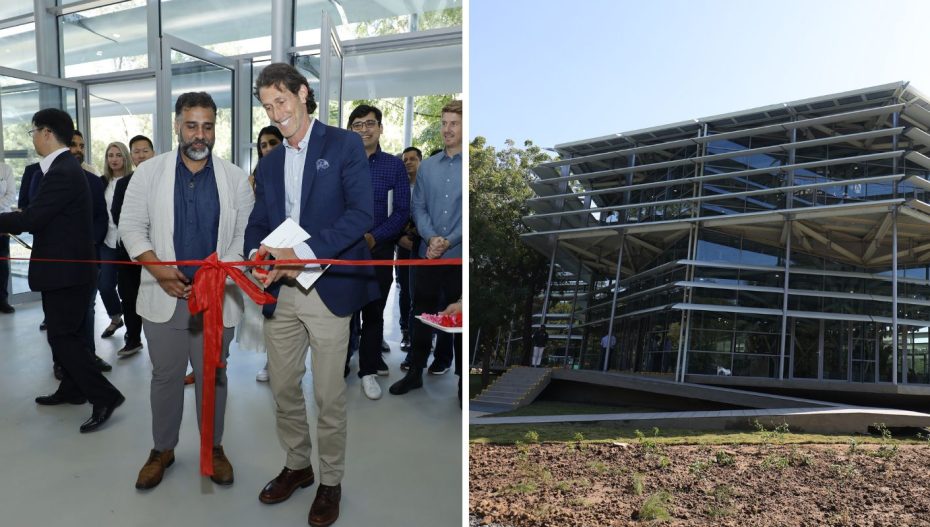Arvind Limited inaugurated the world’s first open-source innovation centre for water sustainability in the campus of its Santej facility in Ahmedabad on Saturday. Set up in partnership with Gap Inc, USA, the 18,000 sq feet centre will serve as a research hub for innovations aimed at improving water management practices in the textile and apparel industry.
Addressing an audience comprising of sustainability experts and academics, Arvind vice-chairman Punit Lalbhai said that the new centre will be a repository of knowledge on best water treatment practices, which researchers in the field can avail of. The centre will also incubate start-ups looking to build businesses around water treatment. “Arvind has already attained 100% water circularity and our manufacturing process does not require fresh water. The challenge now is to make water treatment even more efficient and affordable than it currently is,” he said.

GAP Inc, which has had a 30-year association with Arvind (earlier Arvind Mills) and is currently its biggest customer, has had a major role to play in setting up the innovation centre. Speaking at the inaugural event, president and CEO Richard Dickson said that cotton is a “thirsty fabric” and the process of manufacturing a pair of jeans uses up 40 litres of water. “By combining our expertise and resources, Arvind and GAP are building a more water-resilient future for the apparel industry,” he said.

The inaugural event at the centre included a panel discussion on water stewardship, where GAP’s chief supply chain officer Sally Gilligan said the Arvind factory uses four billion litres of water annually, and is a major part of GAP’s total footprint of 14 billion litres. The other panellist was Dr Hiroyuki Katayama, vice-president of Nitto Denko Corporation, Japan, which makes the membranes that removes the contaminants from effluent water. He said that the research into improving the industrial water treatment process is multifaceted. “For example, you need to pump the water through the membrane and it uses a large amount of energy. Reducing energy consumption is an important component of our research.”
Can the new centre help the Ahmedabad Municipal Corporation (AMC) reduce pollution in the Sabarmati, we asked Punit Lalbhai. “Ahmedabad textile mills have always been the biggest effluent producers in the past,” he said. “We moved our operation out of city limits many years ago, but some textile units are still in the process of relocating. This centre can assist them in setting up the latest water treatment plants at their new locations.”
Also Read: How Yera Pioneered Glassware in India













